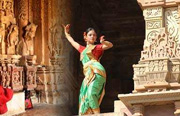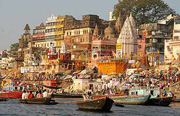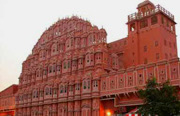

 Khajuraho: Blend of History, Art and Sculptures
Khajuraho: Blend of History, Art and Sculptures
A beautiful amalgamation of history, art and sculpture, the site of the largest group of medieval Hindu Khajuraho Statues and Jain temples is an experience in itself. Extensive erotic artwork is a hallmark of the Nagara-style architecture, inspired by the Kama Sutra. Once a capital of the Chandela Rajputs, it has emerged as India's most visited tourist destinations. Khajuraho Dance Festival is one of those festivals of India that all dance lovers eagerly wait for. The 7-day Khajuraho Dance Festival, which is supposed to take place from 25th February to 2nd March every year from 2002 to 2009, highlights the richness of the Indian classical dance. This festival includes performance by some of the best classical dancers in India every year, against the spectacular backdrop of the magnificently lit temples. The various dances performed here include Kathak, Odissi, Bharatnatyam and many other dance forms.
The name Khajuraho comes from the Hindi word 'khajur' meaning 'date palm'. These Khajuraho temples were built over a span of a hundred years. Strangely, these temples never underwent massive destruction. They are fine examples of Indian architectural styles. The elaborate style of construction that is the characteristic of the Khajuraho complex merits description. While a few of these temples are dedicated to the Jain tirthankaras, the rest have been built in the name of the Hindu trinity (Brahma,Vishnu and Shiva) and various manifestations of the Devi. Adinath Temple, Parswanath Temple, Ghantai Temple, Brahma Temple, Dulah Deo Temple, Chattarbhuj Temple, Chitragupta Temple, Kandariya Mahadeo, Chaunsat Yogini, Lakshamana Temple, Matangeswara Temple are some of the famous temples in Khajuraho. A visit to the Western group of temples is neatly rounded off with the Light and Sound show held every evening. So drench in Khajuraho Tourism to unmask the world renowned side of architecture in India.



Our experts would love to create package just for you